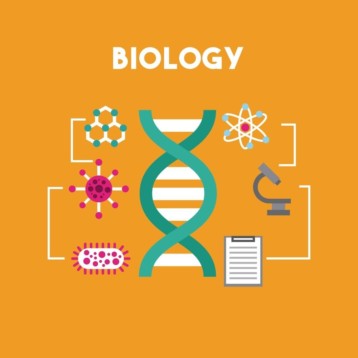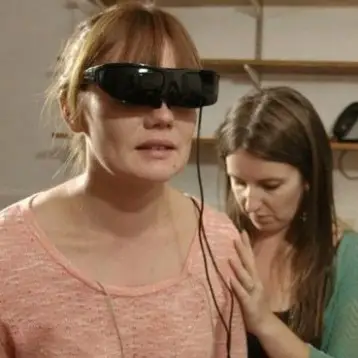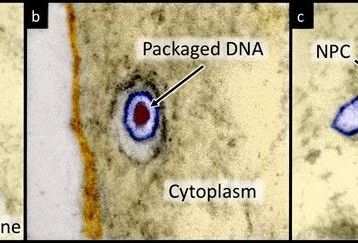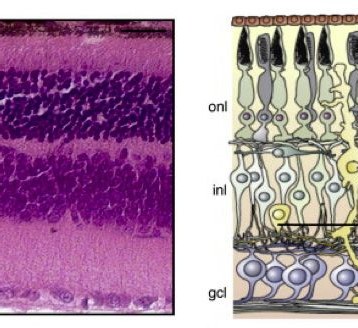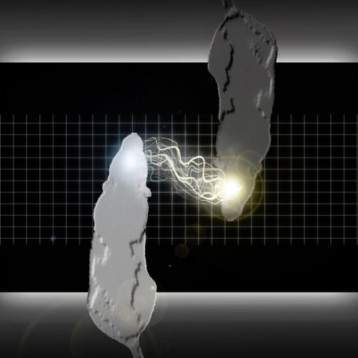|
The first new species of dinosaur is hippodraco scutodens. The first part of the name means “horse dragon,” and the second “shield tooth.” The scientists chose the name because the shape of the skull resembles that of a horse and its tooth crowns look much like oblong shields. The dinosaur also has a shelf of bone extending along the lower jaw parallel to its teeth, something not found in other iguanodonts. Paleontologists recovered nearly the entire skeleton, including the skull, vertebrae, and limbs, although many of the bones were crushed. It is estimated at 15 feet long, although scientists do not think the dinosaur was fully grown when it died, so adult hippodraco dinosaurs may have been larger. The dinosaur discovered in Utah is believed to be approximately 125 million years old.
The second new species is iguanacolossus fortis. The first part of the name means “giant iguana,” while the second part means “mighty.” This redundancy was meant to convey just how large the dinosaur was – 30 feet long, one of the largest iguanodonts ever discovered. Less of this specimen was recovered, but scientists still have portions of the skull, vertebrae, pelvis, and hind legs to study. The distinguishing features of the dinosaur, apart from its size, appears to be an unusual pelvic construction. The age of this dinosaur has not been conclusively determined, but it is believed to be a few million years older than the hippodraco.
TFOT previously reported on other dinosaur news and discoveries including a possible identification of the asteroid that may have killed off the dinosaurs 65 million years ago and an exhibit in Japan that used augmented reality to make visitors feel like they were interacting with three dimensional dinosaurs.
Read more about the two new dinosaurs in this University of Pennsylvania press release. You can also read the full paper describing the dinosaurs and the specific bones recovered and analyzed at the online PLOS One journal.




